Virtually every digital SLR camera is available in a kit with an 18-55mm f/3.5-5.6 or similar zoom and this lens is fine for getting started. Of course, it was designed primarily for light weight, compact size and a very affordable price. Hence, it certainly won’t meet every need so every manufacturer also offers numerous other lenses. These include models with a wider maximum aperture for actionstopping shutter speeds, more rugged construction, and special amenities such as extremely close focusing ability. Naturally, you can also find entirely different focal lengths too, both much shorter and much longer.
Let’s take a look at the most important lens categories, the benefits of each, their characteristics and a few specific models of each type. Before doing so, it’s worth noting an important aspect re: compatibility.
Most recent lenses are intended for use with the numerous DSLRs employing a sensor smaller than 24x36mm. Each manufacturer specifically designates such products; Tamron uses the Di II label. They’re not suitable for a 35mm film camera or a DSLR with an oversized 24x36mm (full-frame) sensor like the EOS 5D Mk II, Nikon D700 or Sony a900. That’s because they cannot project an image circle that would fill the larger frame. But you can certainly find multi-platform lenses too, such as the Tamron Di series, suitable for any type of SLR camera.

I used a 70-300mm zoom to capture this image – 300mm, 1/200 second at f/8, ISO 200, with the camera on a tripod.
Telephoto Zooms: When you want to fill the frame with a distant subject, a much longer focal length will be necessary. I’ll often use a lens like the Tamron AF 70-300mm f/4- 5.6 Di LC Macro 1:2 at air shows, zoos and National Parks and at cycle or go-kart races. Long focal lengths not only magnify a distant subject, they provide a narrow field of view or scene coverage. This makes it easier to include only the important subject, without a lot of the surroundings. Whether that’s a T-ball batter, a small waterfall in a vast landscape, or a black bear surrounded by tourists’ cars, you can avoid including extraneous items.
Long lenses seem to produce “compressed perspective”: subjects at different distances appear closer to each other than the eye normally perceives, making for an interesting effect. The higher magnification produces shallow depth of field: a limited range of sharp focus, especially with a nearby subject – at a wide aperture like f/2.8 to f/5.6 – it’s possible to blur a cluttered background. The viewer’s attention is then drawn to the center of interest in a photo. I find a telephoto with a very wide maximum aperture – like the pro-grade Tamron 70-200mm f/2.8 Di LD (IF) Macro – particularly useful for such effects at f/2.8. This type of lens can also be used with a 1.4x or 2x teleconverter for greater effective “reach”.
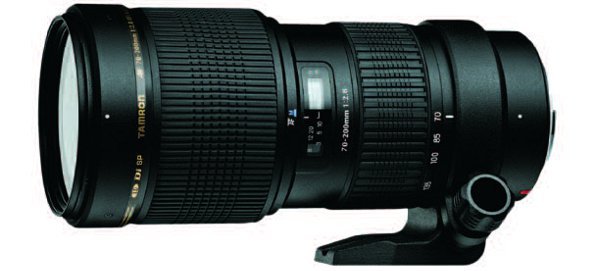
Tamron SP AF 70-200mm F/2.8 Di LD (IF) Macro
Much longer telephotos are available too, including the Tamron AF 200-400mm f/5.6- 6.3 LD DI (IF), for situations where the subject is farther from the camera. I have often used a super tele focal length for striking portraits of wading birds, for tight close-ups of Indy cars battling for position, or the facial expressions of distant athletes. Do note however that long focal lengths amplify the effect of even slight camera shake with blurring that reduces sharpness. Use a rigid tripod whenever possible to maximize the optical potential of the lens.
Ultra Wide Zooms: Do you find your current lens or lenses too restricting? Do you often want to fill the frame with a large group of people, an entire building or an expansive landscape? Or are you interested in creating entirely different photographic effects? If so, you’re a candidate for a very short focal length lens such as the Tamron 10-24mm f/3.5-4.5 Di II LD AL IF with incredibly wide scene coverage.
At the 10mm end, a lens like this provides approximately a 108-degree field of view, encompassing more than your eyes can see without scanning a scene. By comparison, an 18mm focal length will provide a much less expansive field of view of about 76-degrees. The exact field of view depends on the camera brand, and the size of the sensor. That wide-angle perspective makes a small cabin seem more spacious, or a sweep of wildflowers seem more expansive. Except in very close focusing, depth of field will also appear more extensive, making it possible to render the entire scene sharply from the foreground to the background.
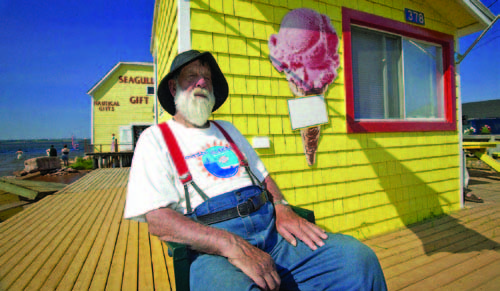
For an interesting perspective, I shot a portrait of this P.E.I. fisherman at 17mm, 1/250 second at f/10, ISO 200.
In addition to including more of a scene in a single photo, a very short focal length also provides expanded perspective. Move in close to a nearby subject and it will be unusually large and prominent in your photo. Anything at a greater distance is “pushed back”, rendered much smaller than the eye perceives. I find this exaggerated near/far relationship useful for an interpretive – instead of a documentary – depiction of reality.
Tilt the camera upward to include an entire building, and another trait becomes obvious: linear distortion. Whenever the camera back is not parallel to a subject, the perspective will seem unusual. Vertical lines will lean inward out of plumb, the edges of the horizon bow upward and a tall building will appear to be leaning backward. The solution to linear distortion is simple.
Hold the camera level, so the back— and hence, the digital sensor—is perfectly parallel to the subject. Of course, you’ll then need to move further back to include an entire tall subject in the frame. When that’s not possible, take advantage of the dramatic effects that are possible. Move in very close to the building and tilt the lens way up to make your creative intentions clear to anyone who will view your photos.
An extremely wide angle of view – and the unusual perspective – does require some experimentation, so practice, search for suitable subject matter and try unusual viewpoints. Some of the pictures will seem “distorted” or “unnatural” but others will be “dynamic” or “dramatic”. Whether for problem-solving in cramped spaces or for making unique photos, a very short zoom will surely prove to be a suitable investment.
Multi-Purpose Lenses: During very long days of touring cities or hiking, a single wide angle to telephoto zoom (on a compact DSLR) can be a blessing. Tucked into a hip pack or slung over a shoulder, the weight/size rarely becomes a burden. An image stabilizer (or Vibration Control) system is a definite benefit with an all-in-one lens that won’t often be used with a tripod, such as the Tamron AF 18-270mm and AF 28-300mm f/3.5-6.3 Di II VC LD Aspherical (IF) Macro.
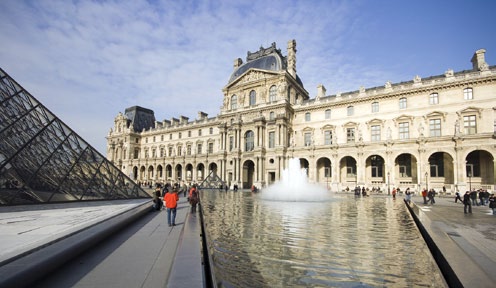
10mm
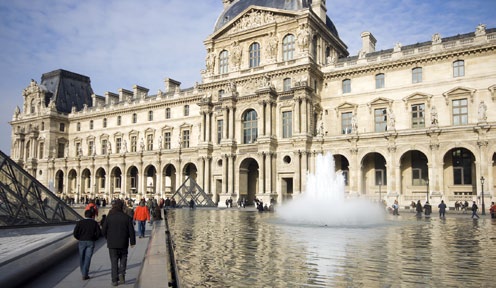
18mm
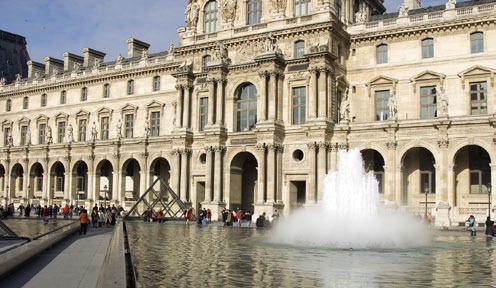
24mm
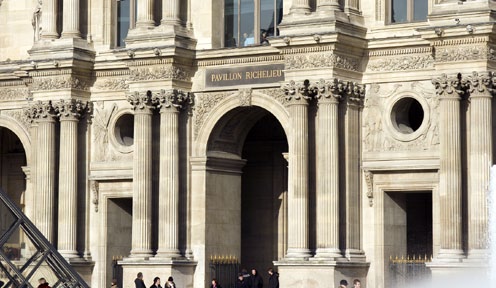
70mm
In my experience, one of the better multipurpose zooms provides good to very good image quality particularly in the central 75% of the image area. That’s fine because in most photos, our primary subject is not near an edge of the frame. For the best results, I’ll shoot at f/11, the optical “sweet spot”; this also provides greater edge sharpness/brightness. Granted the shutter speed is longer than at wider apertures but that’s easy to solve (if necessary) with a higher ISO setting.
Macro Lenses: Designed to focus much closer than the “macro” designated zooms, a true Macro lens is great for extreme closeups. (I covered this type of lens – and suitable techniques – in the Spring 2010 issue.) In a nutshell, a lens like the Tamron AF 60 mm f/2 Di II or 90mm f/2.8 Di Macro can provide very high magnification (as high as 1x) of a stamp or coin, an insect or a small blossom. Although optimized for great sharpness in extreme close focusing, a true Macro lens can provide superb images at other distances as well. Note too that a 60mm or 90mm is ideal for a head-and-shoulder portrait, providing pleasing perspective.
Important Lens Features
 When researching specific lenses check the Specs or Features charts for important amenities and technology. Look for specifics as to internal focusing (IF) for fast autofocus and high-grade optical elements. Aspherical and low dispersion (LD) glass correct optical aberrations (flaws) for better image quality. A wide maximum aperture of f/2.8 is also useful in a lens you’ll use for serious photography. If your DSLR body does not include a built-in stabilizer, a vibration control feature is a definite asset.
When researching specific lenses check the Specs or Features charts for important amenities and technology. Look for specifics as to internal focusing (IF) for fast autofocus and high-grade optical elements. Aspherical and low dispersion (LD) glass correct optical aberrations (flaws) for better image quality. A wide maximum aperture of f/2.8 is also useful in a lens you’ll use for serious photography. If your DSLR body does not include a built-in stabilizer, a vibration control feature is a definite asset.
While shopping, you’ll also find single focal length lenses. They may feature extremely wide maximum apertures for low light photography, or focal lengths specifically for portraiture or perspective control options for architectural photography. They’re fine for specific applications but zooms outsell them by a huge margin. Because of their greater versatility, I now use only zooms except for a Macro lens, and occasionally a (rented) 600mm super telephoto. Instead of missing photo opportunities while others are changing position or their lenses, a zoom allows me to work quickly. When it’s important to capture a fleeting instant, it’s great to be able to concentrate on exposure and precise framing for the best composition.
The Bottom Line
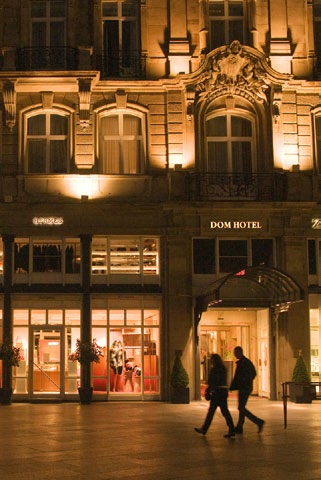 No matter technically advanced an SLR may be, it is actually the lens – and the creative vision of the photographer – that makes the image. Consequently, the optics are the single most important part of any camera system. Granted, a few photographers have produced a body of exceptional images with a 50mm lens. On the other hand, the vast majority acknowledge the need for several focal lengths and lens types: for problem-solving, for creative effects and for the most suitable perspective for each type of subject.
No matter technically advanced an SLR may be, it is actually the lens – and the creative vision of the photographer – that makes the image. Consequently, the optics are the single most important part of any camera system. Granted, a few photographers have produced a body of exceptional images with a 50mm lens. On the other hand, the vast majority acknowledge the need for several focal lengths and lens types: for problem-solving, for creative effects and for the most suitable perspective for each type of subject.
There’s no merit in acquiring equipment that’s unlikely to be used regularly. But a new lens type – substantially different than those already owned – can certainly enhance your abilities. Experiment until you learn how the new purchase can be used to the best effect, and begin to reshape your creative vision accordingly. Experiment, try the frequently-recommended techniques and break the “rules” occasionally. A selection of lenses that span the wide-angle to telephoto focal lengths can provide a virtually unlimited view of the world around you!
Article by Peter K. Burian
| PHOTONews on Facebook | PHOTONews on Twitter |







